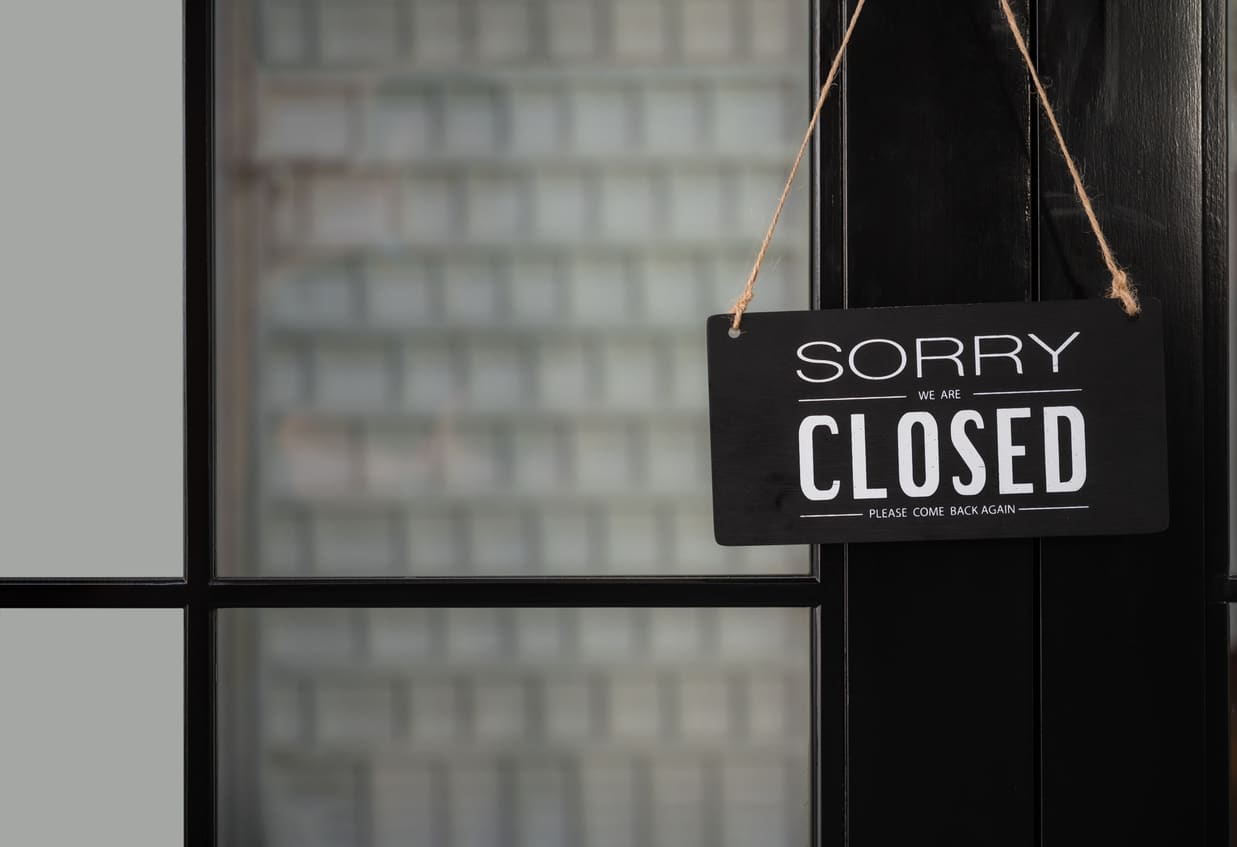Last month, the BOP announced that it would limit to 60 days placements in residential reentry centers (RRCs, or halfway houses) earned under the Second Chance Act (SCA). The reduction to two months from a maximum of 12 was significant and would have negatively impacted reentry for many. However, after less than a week of loud outcry from the federal justice community, the bureau retracted its memo. That’s a true testament to the influence we can have when we act collectively. (Now we need to do this more intentionally, and more often. There are so many issues with BOP operations that cry out for it!)
There has always been a misunderstanding of the SCA, which lacks the stronger statutory requirements for community transition found in the First Step Act (FSA). A class action suit recently filed by the ACLU focuses on the inability of the BOP to honor FSA-mandated pre-release credits due to a lack of RRC bed space. Another, related consequence of too few RRC spaces is that higher-risk people don’t get the longer stays that would be most beneficial for them. Instead, the beds are occupied by low-risk people who need RRC time the least. While most people think the solution is to send low-risk individuals to home detention, that also requires money for the monitoring infrastructure. The BOP should, however, make more use of it.
Meanwhile, government resources continue to pour into an increasing reliance on private operators, and it’s not only for ICE detention centers. It is my belief that privatization is a cancer in the justice system that has metastasized into other methods of exploitation like fees to use the telephone and prison email system, charges for tablets, etc. It took decades for advocates to achieve federal regulation of phone fees, and now the industry has pivoted to exploitation via tablets.



